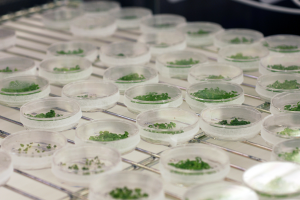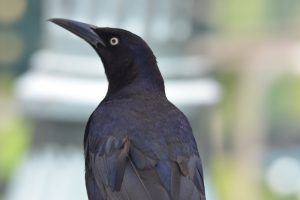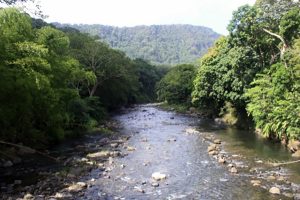
Question:
How much of the land on Earth is covered by humans? (Asked by Lynne)
Answer:
Approximately 10%.
This question is an interesting one because, when my friend asked me the other day, I could tell her confidently that not only did science know the answer, science had multiple different ways to quantify that answer, but that I had absolutely no idea what it was.





